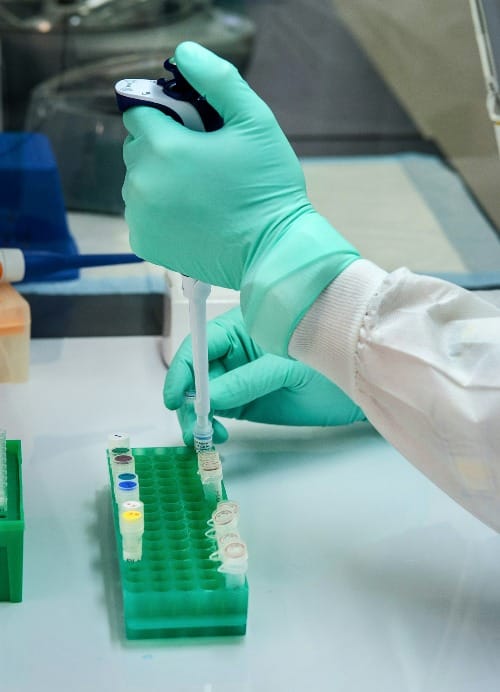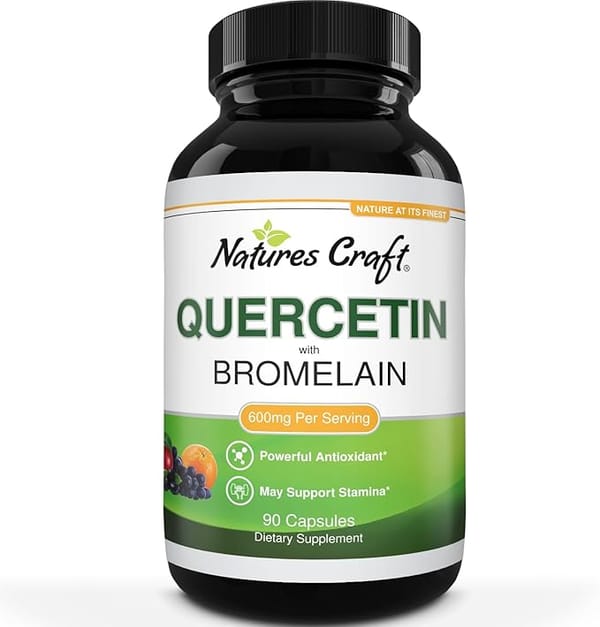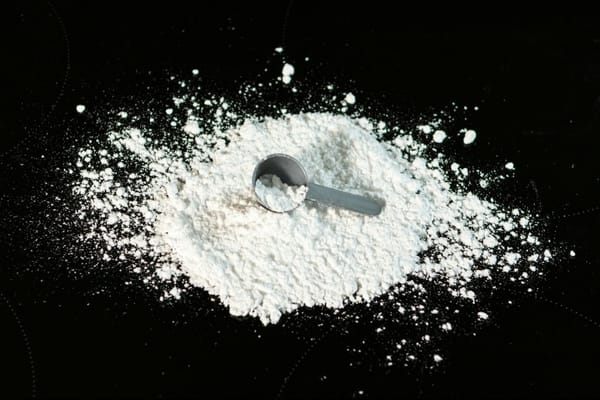Nicotinamide Mononucleotide (NMN), a precursor to NAD+, has emerged as a promising molecule in the field of longevity research, with recent human studies shedding light on its potential to promote healthy aging and cellular function.
NMN's Role in NAD+ Biosynthesis
Nicotinamide mononucleotide (NMN) plays a crucial role in the biosynthesis of nicotinamide adenine dinucleotide (NAD+), a vital molecule for energy metabolism and cellular signaling. NMN is synthesized from nicotinamide by the rate-limiting enzyme nicotinamide phosphoribosyltransferase (NAMPT), which exists in both intracellular and extracellular forms[2][3]. Alternatively, NMN can be produced from nicotinamide riboside (NR) through phosphorylation by nicotinamide riboside kinases (NRKs)[4]. Once formed, NMN is converted to NAD+ by NMN adenylyltransferases (NMNATs)[5]. This biosynthetic pathway is essential for maintaining NAD+ levels, which decline with age, making NMN supplementation a potential strategy to combat age-related cellular dysfunction and promote overall health[3].
Human Clinical Trials on NMN Supplementation
Nicotinamide mononucleotide (NMN) plays a crucial role in the biosynthesis of nicotinamide adenine dinucleotide (NAD+), a vital molecule for energy metabolism and cellular signaling. NMN is synthesized from nicotinamide by the rate-limiting enzyme nicotinamide phosphoribosyltransferase (NAMPT), which exists in both intracellular and extracellular forms[2][3]. Alternatively, NMN can be produced from nicotinamide riboside (NR) through phosphorylation by nicotinamide riboside kinases (NRKs)[4]. Once formed, NMN is converted to NAD+ by NMN adenylyltransferases (NMNATs)[5]. This biosynthetic pathway is essential for maintaining NAD+ levels, which decline with age, making NMN supplementation a potential strategy to combat age-related cellular dysfunction and promote overall health[3].
Comparing NMN to Other NAD+ Precursors
Nicotinamide mononucleotide (NMN) and nicotinamide riboside (NR) are two prominent NAD+ precursors that have gained attention for their potential to boost NAD+ levels in the body. While both are effective at increasing NAD+, they have some key differences. NMN is structurally larger than NR and is one step closer to NAD+ in the biosynthesis pathway[1][4]. Some scientists believe NMN may need to convert to NR before entering cells, while others have identified a potential NMN-specific transporter called Slc12a8 in mice, which may also exist in humans[5]. Both precursors have shown safety and efficacy in human trials, with no major concerns reported[1][3]. Interestingly, different tissues and organs may prefer either NMN or NR, suggesting that supplementing with both could be beneficial[3][4]. While direct comparisons between NMN and NR in humans are lacking, both have demonstrated the ability to increase NAD+ levels effectively, making them valuable options for supporting cellular health and potentially mitigating age-related NAD+ decline[1][2].
NMN Cellular Uptake Mechanisms
NMN cellular uptake mechanisms have been a subject of debate among researchers. Initially, it was believed that NMN needed to be converted to nicotinamide riboside (NR) before entering cells[4]. However, recent studies have revealed more complex pathways. A specific NMN transporter, solute carrier family 12 member 8 (Slc12a8), was discovered in mice, suggesting that NMN can be directly transported into cells, particularly in the gut[2][4]. This transporter may play a role in regulating energy metabolism and skeletal muscle functions[4]. However, the existence and efficiency of this transporter in humans remain uncertain[4]. Alternative mechanisms involve the dephosphorylation of NMN to NR by extracellular enzymes like CD73, followed by NR uptake through equilibrative nucleoside transporters[1][3]. Once inside the cell, NR is converted back to NMN by nicotinamide riboside kinases[1]. The presence of multiple uptake pathways and their tissue-specific variations highlight the complexity of NMN metabolism and transport in the body[1][3].
NMN Cellular Uptake Mechanisms
Nicotinamide mononucleotide (NMN) supplementation has been shown to be safe and well-tolerated in humans across various dosages. Clinical trials have demonstrated safety with doses ranging from 100 mg to 1,200 mg daily, with study durations up to 12 weeks[1][2][5]. A study led by Professor David Sinclair found that even higher doses of 2,000 mg daily for 14 days produced no significant adverse effects[2]. The highest recommended dose based on current research appears to be around 900 mg per day[3]. However, most human studies showing NMN's health benefits have used doses between 250 and 500 mg daily[3]. While short-term safety has been established, long-term effects of chronic NMN supplementation remain to be fully evaluated[1]. As with any supplement, it is advisable to consult a healthcare professional before starting NMN, particularly for individuals with pre-existing health conditions[5].














Member discussion